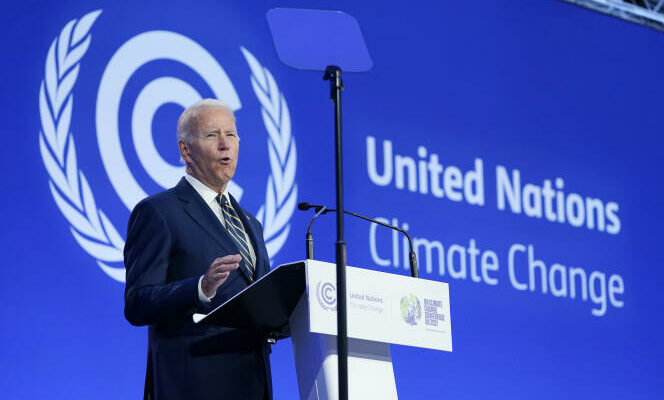This post is taken from the newsletter ” Human warmth “sent every Tuesday at 12:30 p.m. Every week, journalist Nabil Wakim, who hosts the Chaleur Humaine podcast, answers questions from Internet users on the climate challenge.
You can register for free by clicking here.
The question of the week
“Hello, dear “Chaleur humaine” team, would you be able to explain a little better what the United States’ climate roadmap is? » Question asked by Florence at chaud [email protected].
“Hello, I would like to know if Biden’s efforts on climate are useful, since if Trump is re-elected he will probably cancel everything and go back, right? » Question asked by Hervé at chaud [email protected].
My answer : The American plan passed by Congress in 2022 is very ambitious and has a good chance of reducing the country’s (massive) emissions – even if it does not appear sufficient to achieve the country’s climate objectives. A Trump victory would be a step backwards on many points, but not all (paradoxically).
1) What does the Biden climate plan consist of?
The Inflation Reduction Act, passed in 2022, is one of the most ambitious climate texts ever passed. It must be said that the United States is the second largest emitter of greenhouse gases – and that an American emits on average between 15 tons and 18 tons of CO2 per person (compared to 10 for a French person, and 2 for an Indian). This plan is designed, according to the White House, as a “pro-growth climate policy”. (Details are here) Originally, he planned to devote more than 300 billion dollars (280 billion euros) to the climate, but the latest estimates are more around 1,000 billion dollars (930 billion euros). It’s colossal. (You can listen to this very in-depth episode of Ezra Klein on the New York Times on the subject)
The main logic of the plan is based on subsidies, to individuals and businesses, to support the development of renewable energies, a revival of nuclear power, support for electric battery factories, green hydrogen and electric vehicles. An important feature: the law does not provide a ceiling for subsidies, which means that the bill has ballooned enormously. The plan also provides around $50 billion for adaptation to the consequences of climate change and specific envelopes for the infrastructure concerned – notably electricity networks. (You can find more details – in English – on the WRI research center website.)
You have 58.12% of this article left to read. The rest is reserved for subscribers.
